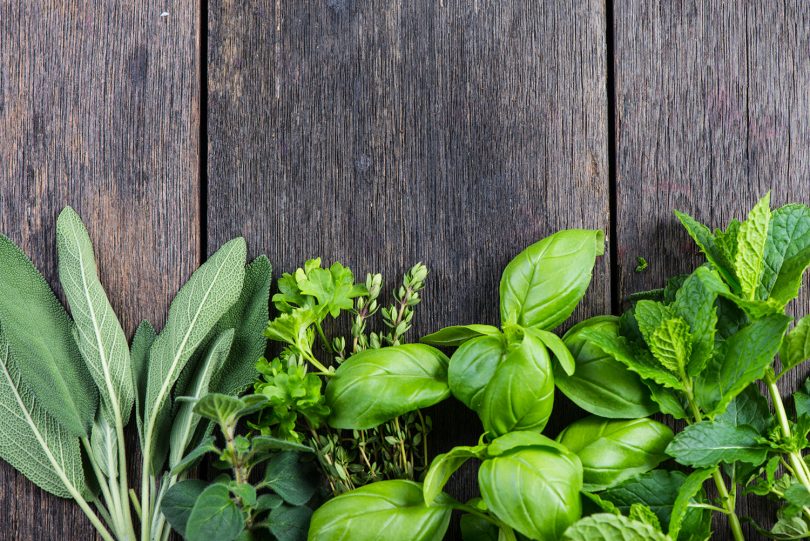There’s nothing like being able to step outside into your own garden and pluck some fragrant herbs or spices to use for dinner. But what if you don’t have the luxury of a large garden space, or any garden at all? If you live in an urban area, you might be stuck with a patch of concrete or a grassy common area. Fortunately, you can grow your own spices and herbs indoors.
Step #1: Pick Your Plants
Spices and herbs that grow well in the home include bay leaves, basil, chives, cilantro, dill, thyme, and marjoram. Mint also grows well in pots, but it can spread quickly, so be sure to give it space. Oregano, rosemary, parsley, and sage are also good options, although they require a bit more maintenance.
Step #2: Choose a Sunny Spot
Your plants will get limited light because they are growing indoors, so you’ll need to place them in a spot where they can soak up as much sun as possible. Do you have a large window or a skylight? Watch the way the sun shines in and note the areas of the room that receive the most sun for the longest periods of time during the day. Those are the prime spots to set up your plants. Ideally, culinary herbs need five to six hours in bright sunshine every day. During the winter, or during weeks that are cloudy and rainy, you may need to supplement with artificial fluorescent lights designed for indoor plants.
Step #3: Collect Some Containers
You can use almost any container for growing herbs. Ideally, the container should be 15 cm or more across and deep enough for roots. You’ll also need to ensure that there are drainage holes, and you’ll need a tray or pan under the pot to catch the seepage. Since your plants will be sharing your space, make sure that the pots complement your decor, whether it’s quirky, quaint, rustic, or modern.
Step #4: Plant the Seeds
Fill your pots with rich potting mix that drains well and includes vermiculite or perlite to enhance aeration. Avoid garden soil, since it is designed for outdoors and won’t work as well in small containers. Plant your herb and spice seeds according to the directions on the seed packets, and label each pot or container with the name of the herb or spice you planted in it.
Step #5: Water the Herbs and Spices
Create a watering schedule. Each type of herb or spice has different watering needs, so you can make a small chart or guide to help you remember when and how to provide water for each plant.
Step #6: Feed Your Plants with Fertilizer
Once your herbs begin to grow, sustain their growth by giving them liquid fertilizer each month. You can also try the organic fertilizer granules if you prefer that method. Either way, the indoor spices and herbs will need extra nutrients to help them thrive.
Step #7: Enjoy Your Fresh Herbs and Spices
Keep caring for your spices and herbs until they reach full maturity. Then you can begin using them in sauces, soups, salads, and delicious recipes!








